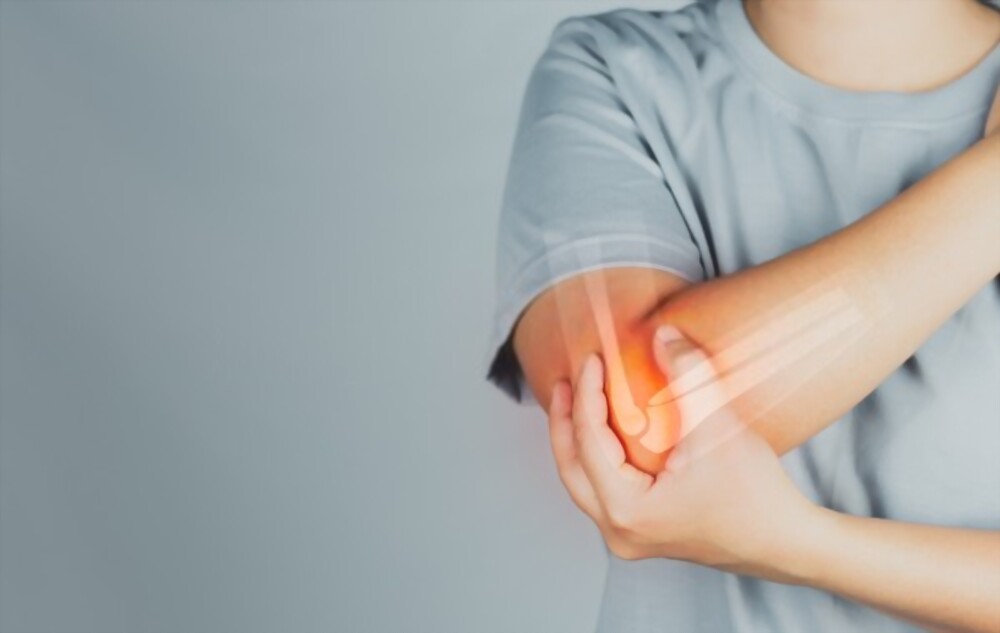World osteoporosis day is a global healthcare event observed every year on 20 October. It is estimated that globally, 1 in 3 women aged 50 years suffer from an osteoporotic fracture, making it one of the leading causes of deadly pain and long-term disability in ageing people.
This year, 2024, the World Osteoporosis Day Theme is “Say no to fragile bones.” The theme aims to encourage people to value and protect their bones and raise awareness of the importance of prevention, diagnosis, and treatment.
Bone Mineral Density (BMD) Test: Tracking Your Bone Health
A Bone Mineral Density (BMD) test measures the density and strength of your bones. It shows how much mineral content, particularly calcium, is present in a specific area of your bones, often focusing on areas prone to fractures, such as the spine, hip, and forearm.
The Test Results Show:
T-score:
- Compares your bone density to that of a healthy young adult (usually aged 20-30).
- Normal bone density: A T-score of -1.0 or above.
- Osteopenia (low bone density): A T-score between -1.0 and -2.5.
- Osteoporosis: A T-score of -2.5 or lower.
Z-score:
Compares your bone density to what is expected for someone of your age, gender, and size.
A low Z-score may indicate factors other than aging are affecting bone density, such as underlying conditions.
These results help assess your risk of fractures, monitor bone health over time, and guide decisions about treatments to prevent or treat osteoporosis.
Limitations of BMD Test
- Bone quality: While BMD measures bone density, it doesn’t directly assess bone quality (e.g., structure, flexibility), which also affects fracture risk.
- Test precision: Although very reliable, BMD machines can have slight variations depending on the equipment, technician skill, and patient positioning. Ideally, follow-up tests should be done on the same machine.
- Risk factors beyond bone density: BMD is only one factor in assessing overall bone health. Other factors like age, family history, lifestyle, and medications also contribute to fracture risk.
- Localized measurement: The test focuses on specific bones (usually hip and spine), which may not reflect bone density in other areas of the body.
In short, BMD tests are highly reliable for assessing bone density and fracture risk, but they should be used in conjunction with other risk factors for a comprehensive evaluation of bone health.

